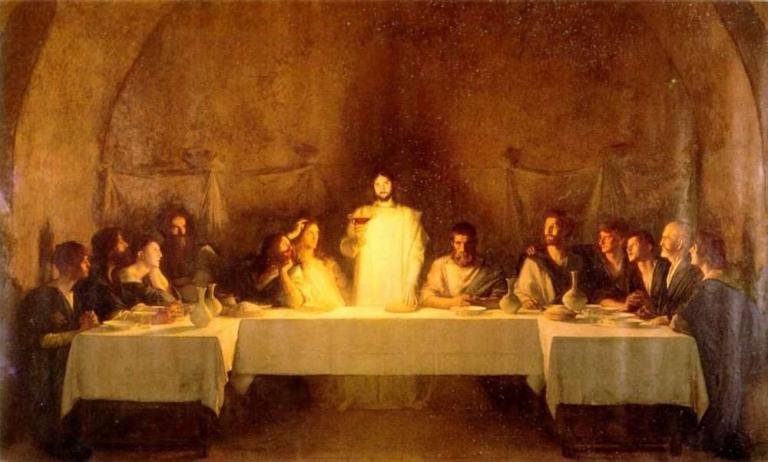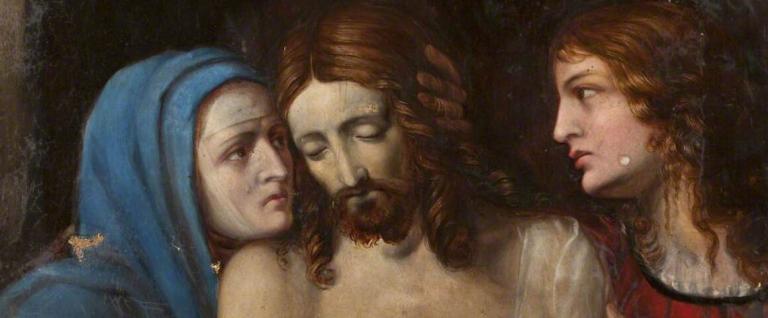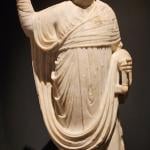What is the point of all the details in Solomon’s Temple in the Old Testament? Such as the cherubim in 1 Chronicles 3 whose wings stretch from wall to wall in the Holy of Holies? And the pomegranates and chains that grace the tops (capitals) of the pillars that stand there?
For that matter, what’s the point of all the details about worship in the Pentateuch–details that (it is sometimes alleged) could have no relevance to “worship in spirit and in truth” after the destruction of the Temple? And for Christians?
Plenty, according to Jonathan Edwards.
After all, Jesus said not one iota (the smallest letter in the Greek alphabet) and not one horn (the smallest mark of the one in Hebrew script) would pass away from the OT “until all things are accomplished,” which surely means the eschaton.
So what about the cherubim, carved from cedar and overlaid with gold? Edwards said they represent the angels, whose presence around God show us that we are not the only intelligent beings in the cosmos. There are celestial others who are constantly waiting on God to do his will, and are constantly worshiping his beauty. They show us that the cosmos is thick with beings and activity, completely apart from us. We are not the center of things.
The pomegranates, said Edwards, represent the fruit of the Spirit exhibited by the saints. They show us that goodness is always linked to truth if the latter is genuine. No truth will stand unless it points to the moral beauty that all truth exhibits. Dogmatic theology disconnected from moral theology is unbalanced and disproportionate.
Salvation is both justification and sanctification. To preach and teach about the salvation in terms of justification only is to speak of a distorted gospel. A shrunken gospel.
The true gospel involves joining a celestial world of worship (cherubim) and being transformed to produce moral beauty (pomegranates).










